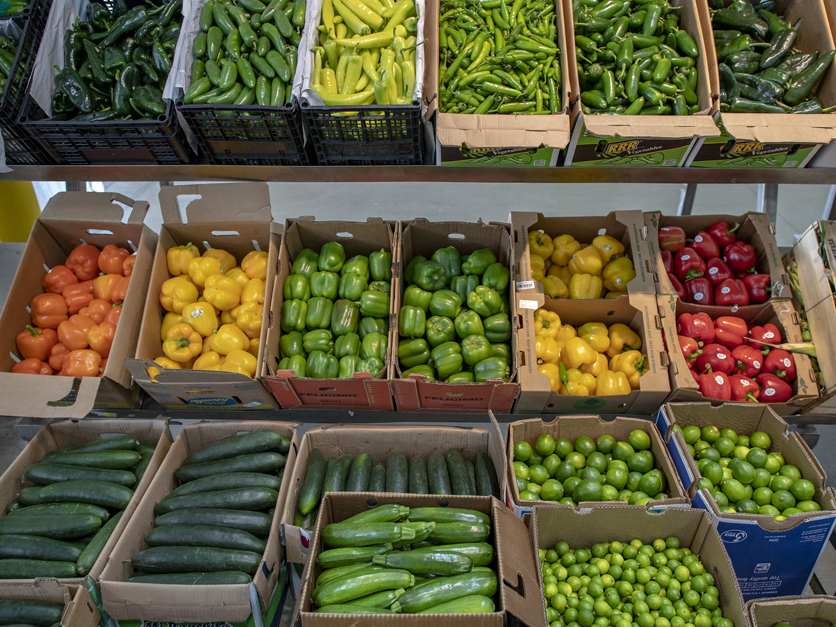Fresh produce sales are still strong compared to the prior year but growth rates for both fruit and vegetables dropped in late July and early August, according to the latest IRI data.
The net result for fresh produce was an increase of 8.4% over year ago during the week ending August 2 — down about three percentage points from the week prior. Frozen and shelf-stable fruits and vegetables had higher percentage gains but off a smaller base, with particular strength for frozen, at +20.3%. Year-to-date, fresh produce department sales are up 10.9% over the same time period in 2019. Frozen fruit and vegetables increased the most, up 27.6% year-to-date, noted Anne-Marie-Roerink, president of 210 Analytics. Her firm, along with IRI and PMA, have partnered to understand fresh produce sales at retail throughout the pandemic.
Analysts say the drop could be due to several different factors.
“There are many factors going into the produce at retail sales puzzle right now, with the market growing more complex by the week,” said Joe Watson, VP of Membership and Engagement for the Produce Marketing Association (PMA). “Consumer concern over the virus remains very high, economic pressure is mounting, hurricane Isaias left several hundred thousand households without power all along the eastern seaboard and all the while consumers are struggling with meal planning and new recipe ideas. All this affects fresh produce sales at retail, some positively, some negatively.”
Consumer concern over COVID-19 remains high but stable, with 57% being extremely concerned, according to wave 16 of the IRI shopper sentiment survey series. Thirty percent of shoppers say they are financially worse off than they were last year and 25% indicated they are buying value-size items to save money, up from 20% in late May. Additionally, 65% of consumers expect the economic crisis to last at least 12 more months — the highest percentage across all survey waves and near double that of the 37% who expected the economy to need a year to recover back in March.
Uncertainty over the unemployment benefit extension may have also been weighing on the numbers this week, Roerink pointed out.
“Economic pressure tends to have big impacts on grocery shopping, including channel choice, the type of items and quantity bought, the importance of price and promotions and more. Much like the last week of June, the final days of July into early August generated a weaker performance. While CPG and fresh sales continued to track ahead of last year, virtually every department across the store saw lower gains than those seen during the past few weeks.”
Interested in more coverage and insights? Receive a free month of Agri-Pulse West.
Jonna Parker, Team Lead, Fresh for IRI, says she expects the coming weeks will be “very telling” for what the rest of the year holds for demand.
“Back-to-school season is around the corner for several states, and our weekly survey found that half of parents with children ages six to twelve are now expecting their children to partake in virtual education (50%), with an additional 15% expecting mixed virtual and in-person education. Only 19% of parents expect their younger kids to go back face-to-face,” Parker explained. “Parents of teenagers expect 24% to go back in person, with 42% expecting virtual education only and 19% a mixed virtual and in-person system. This will once more completely change year-over-year trending, as many more meal occasions for these students will remain at-home.”
For more news, go to: www.Agri-Pulse.com


